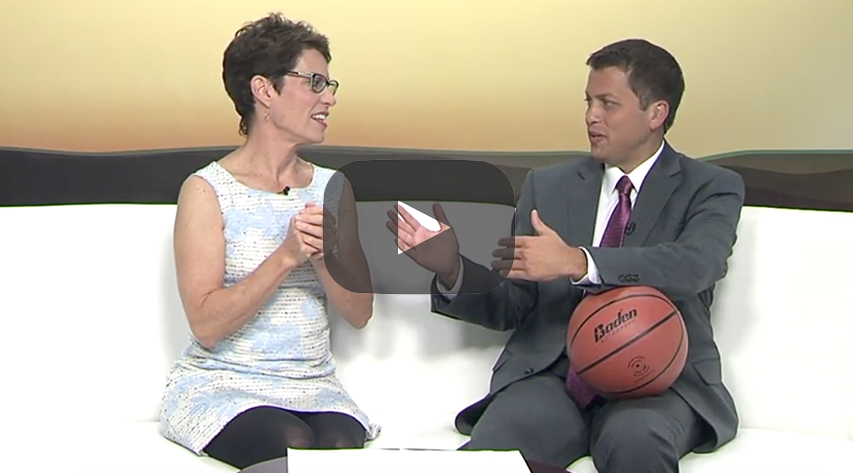Craig was a rising star in the company. He had so much energy. He always had a big smile on his face, and loved to laugh. And, he was skilled. He had only been in the field a few months but he was showing great potential with his technical and sales skills.
Then, one night, he drove the company truck to a bar. He got drunk, and then attempted to drive home. He ran into two cars and he totaled the truck. Two people ended up in the hospital that night. Fortunately, no one was killed.
Craig, naturally, was fired. At 22 years old, this kid went from “bright future” to “big trouble.”
Does Craig have a drinking problem? Certainly drinking has had a big, nasty impact on his life. Should we have known this about him? Did we suspect…and do nothing? And now what? Is there an ongoing responsibility to help him out?
Craig’s story is a mash-up of dozens of stories I’ve heard over the years. The challenges of addiction are increasing in our home, businesses and in society.
ad·dic·tion: noun \ə–ˈdik-shən\ Medical Definition of ADDICTION: compulsive physiological need for and use of a habit-forming substance (as heroin, nicotine, or alcohol) characterized by tolerance and by well-defined physiological symptoms upon withdrawal; broadly: persistent compulsive use of a substance known by the user to be physically, psychologically, or socially harmful.
Focusing just on alcohol addiction, the statistics are, well, sobering. An estimated 17 million Americans have and Alcohol Use Disorder (AUD) a medical term that includes both alcoholism and harmful drinking that doesn’t reach the level of dependency. Only 15% of people with an AUD ever seek treatment. 10% of children in the US live with a parent with alcohol problems. And each year in the US, nearly 80,000 people die from alcohol related causes.
Business bears the costs, too. According to OSHA, 40 percent of all industrial fatalities and 47 percent of industrial injuries are linked to alcohol consumption. OSHA also reports the smaller companies – less than 25 employees – had the highest percentage of workers abusing alcohol. Not surprisingly, companies without “alcohol and drug free workplace” policies and substance abuse programs tend to attract people with substance abuse problems who use and drink before and/or on the job.
It’s a big problem in general.
Has it become a problem for you or someone you care about?
On the Alcoholics Anonymous website www.aa.org there is a questionnaire that many people have used to determine if they may have a problem. My intention by writing this column is to spark the conversation about the hazards of addiction. And, to encourage you to address the problem, as you can and as you see fit.
Why I quit.
I found myself wondering if I was drinking too much. While it was at one point really fun to drink, it had become less so. After a beer or a glass of wine, no sale happened. No production ensued and no relationship was enhanced. I decided to quit. And since then I feel better. I sleep better. I get more done and have more fun. I’m liberated from wondering, “Did I overdo it last night?” I don’t wake up with a headache. Note that not drinking doesn’t eliminate my character flaws. Still have plenty of those! I have found that sobriety helps me to do the spiritual and psychological work that is required as I choose to deal with those issues.
It is with no judgment, only love, that I encourage you to consider the questions: Is it a problem for you or someone you love? Is it time to do something about it?
xo$, Ellen
NOTE: I’ve written about this topic several times before, and this blog was inspired by a column I wrote for www.PHCNews.com It’s not just drinking, but a long list of substances that are wrecking havoc in our families, businesses and communities. Perhaps this blog will start a helpful and loving conversation. Comments encouraged! Reach me at ellen@ellenrohr.com if you would prefer to respond privately. xoxo
















